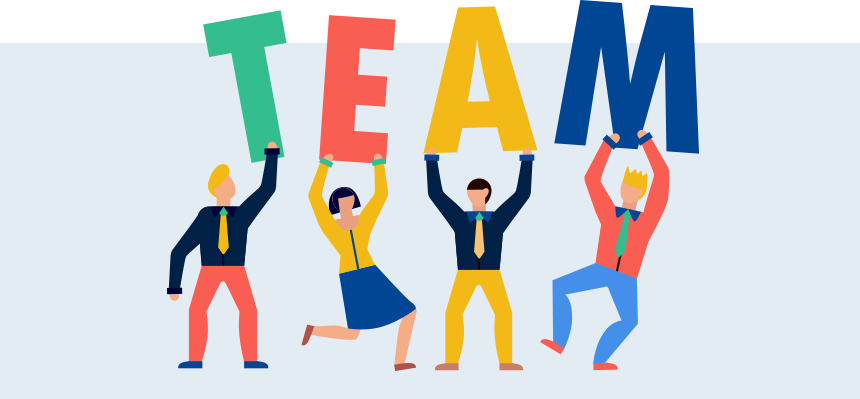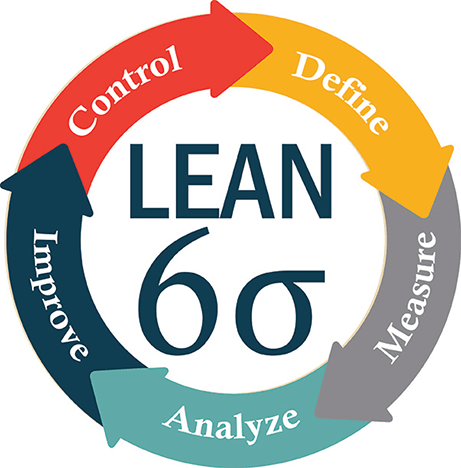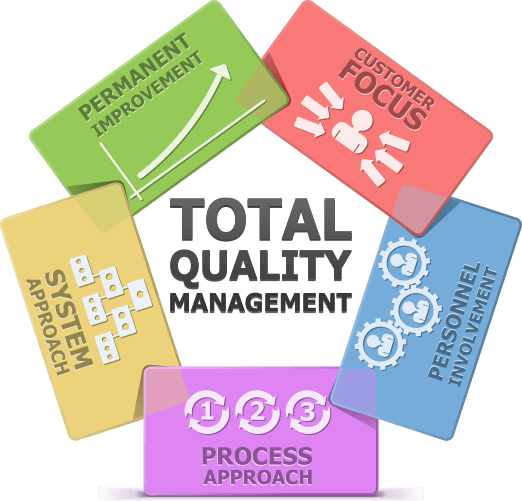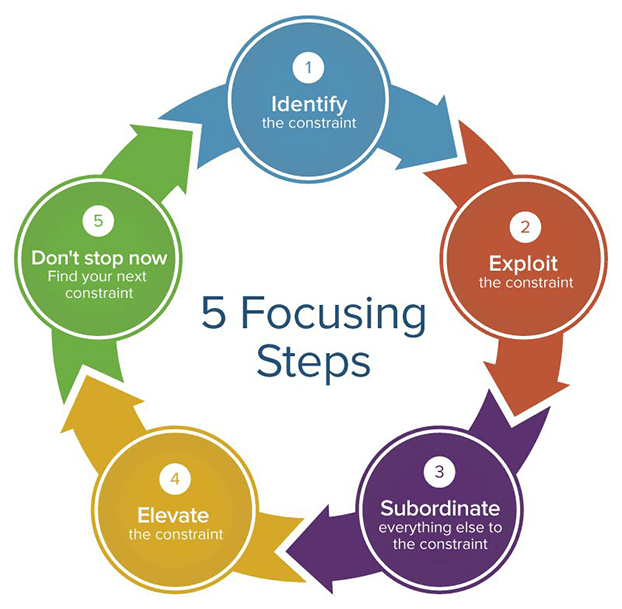Have you ever had the experience of turning your back on a toddler, and in the space of thirty seconds, they’d managed to dump out an entire bag of flour, or spill a gallon of milk across the floor?
After one episode like this, you learn to watch them like a hawk.
It’s easy to bring a similar mindset to overseeing a project. Agile methodology looks wonderful on paper, and many of the central concepts can be learned in the space of an afternoon. Applying it, however, is a different story. It’s hard for a project manager to cut the leash on the team and trust them to solve problems on their own.
Or maybe, for you, it’s more about getting upper management to quit straddling the line between agile and command and control.
I’d be so wonderful to know that if you turned your back on the team, they’d have all the tools and motivation needed to hum right along.
The truth is, no matter what hiccup you’re facing, you can coach agile methods to your team. All you need are the right tools and approach.

An Agile State of Mind
More than a set of principles and procedures, agile is a mindset. It’s a way of approaching projects that trusts people to do good work without traditional methods of oversight. It in fact professes that this more open framework, which allows teams the freedom to self-organize, is the most fertile environment for solving problems and achieving goals.
Motivated adults don’t need to be supervised like a toddler, right?
This doesn’t eliminate the need for coaches. But the leader’s role is more about facilitating and helping to identify impediments, rather than unilaterally steering the ship.
The key values and principles from the Agile Manifesto provide clear instruction on how to coach a team. Here are four that stand out, particularly.
Come As You Are
An informal online study found that 92% of agile coaches customize their methods, rather than going by the scrum or kanban playbook. This sends a pretty clear signal!
These results reflect one of the Agile Manifesto’s key values: “individuals and interaction over processes and tools.” In other words, this means that yes, the playbook for, say, scrum and kanban are important. However, personal interaction with people on the team takes priority.
As an agile coach, it’s important to meet the team, organization, or product owner where they are, and assess from there. It’s not uncommon to work with someone who’s new to agile methodology. In such an instance, it may be necessary to blur roles and responsibilities and do some coaching.
Build Teams and Motivate
Tony Robbins once said: “What is a must for you and what is a should for you is the difference in your life. Everybody gets their musts.” Not to go too self-helpy on you, but it’s true that when someone wants to reach a finish line, they find a way.
One principle from the Agile Manifesto is to “Build projects around motivated individuals. Give them the environment and support they need, and trust them to get the job done.” That is to say, given everyone is sufficiently skilled and motivated, a team is capable of figuring things out on their own.
What does this mean for agile coaches? They could stand to have some of Tony Robbins’ energy and charisma! Ha ha, maybe that’s going a bit far. However, utilizing tools and practices that increase team dynamics and rapport is central to the role of an agile coach.

Turn Your Back
We’ve all had those jobs where our boss hovered and supervised our every move. Or, worse yet, maybe we worked alongside a self-appointed “manager” who spent their days instructing everyone on what they were doing wrong.
That’s not the kind of environment that produces brilliant, creative work. Rather, it instills resentment and fear.
Another principle from the Agile Manifesto is that “The best architectures, requirements, and designs emerge from self-organizing teams.” An astute, skilled team is capable of independently assigning roles and performing at a high level. Within this framework of freedom and trust, they’re able to produce their best work.
This principle takes some getting used to, as it requires a lot of trust. But when all of the other agile tools are in place, including a good product backlog, an agile coach learns that letting go is an important part of the process.
Talk Away
There aren’t any trade schools in how to have a conversation or how to build rapport. But as it turns out, maybe there should be. These sorts of skills make or break a project.
One of the principles in the Agile Manifesto is, “The most efficient and effective method of conveying information to and within a development team is face-to-face conversation.”
Although email is wonderful, in agile it’s mostly used for follow-up. Face-to-face conversation is the most reliable method for understanding tone, facial expressions, and the full meaning a person imparts.
In agile coaching, facilitating open communication is central. Within a remote work environment, this means that video messaging apps and video conference platforms take precedence over text messages.
If you’ve been endowed with the gift of gab, then you’re quite possibly an agile coach in the making. Sometimes soft skills get a bad rap. But within an agile framework, this notion is turned on its head.
As you can see, the role of an agile coach has more to do with facilitation than taking the reins. Soft skills and motivation are central, as are listening and communicating. It’s also important to assess teams and situations for what they are, and go from there.

A Coach Who Facilitates an Agile Transformation
“A scrum master who takes teams beyond getting agile practices up and running into their deliberate and joyful pursuit of high performance is an agile coach,” writes Lyssa Adkins in her book Coaching Agile Teams.
Transitioning to agile’s empirical approach is a big step for an organization. From getting universal buy-in to actual implementation, it requires everyone to get up and stretch in a way they possibly never have before.
A good agile coach understands the nuances of each organization, and is able to effectively communicate with the team. Taking some time to find the right coach makes the process successful and fluid. Here are some things to look for.
Passion for Agile
When interviewing and looking through resumes, it’s important to find someone who’s really immersed themselves in agile. A person who enjoys discussing retrospectives, facilitation and sprints is a good start.
A true agile junkie has also attended agile conferences, read books like Coaching for Agile Teams by Lyssa Adkins or Agile Retrospectives: Making Good Teams Great by Esther Derby, and maybe even uses agile methodology in home planning.
Look out for these indicators, as they signal a coach who really is all-in. And this sort of passion translates into a successful transition.
Experience
“An important ingredient needed to call oneself an agile coach is having coached multiple teams and having seen a range of possibilities and limitations and successes and failures across a variety of situations,” writes Adkins.
Agile looks very different depending on the size of the company and the industry. A coach with a breadth of experience knows how to apply agile in companies of different sizes, and with different types of teams. Their array of experience gives them a more intuitive understanding about the principles of agile.
For a team to be high-performing, ideally it would have one designated scrum master. However, this may not be possible for every company’s budget, so it’s not uncommon for a scrum master to oversee several teams.
In order to prevent a scenario where the scrum master’s role becomes secretarial, it’s good to find a coach who has worked with younger companies. They’re likely to understand how to implement agile when a company doesn’t have a lot of resources.

Knowledge
Scrum Master Adam Weisbart worked for several years as an engineer for a social media company, and as a software developer. “When I came across the scrum framework,” he says, “I was super excited that all these things I had sort of learned through trial and error had been codified into this great thing called scrum.”
That is to say, a lot of knowledge about agile is learned through experience. It’s good to find someone who’s developed some on-the-job understanding of agile.
Formal training, such as Kanban workshops, and the Scrum Master Certification, are important as well. The instructor influences how the trainee implements agile. It’s important to dig into the training school for an indication as to how the candidate will work with your team.
It’s good to find a coach who understands the various agile methodologies, including scrum, kanban, extreme programming, and lean. This way, they can assess your particular situation, and apply the appropriate method.
Communication Skills
Constant communication is fundamental to agile. One of the agile principles is: “Business people and developers must work together daily throughout the project.”
In order to facilitate this flow of communication, it’s important to find an agile coach who is warm and approachable.
When a coach doesn’t jibe with a team, frustration mounts. The tension can cause a project to go south.
Going agile requires convincing everyone in the company it’s the right approach. As it’s much different than waterfall, and so entails changing many processes within the company, it’s not uncommon to encounter resistance. A coach with strong soft skills eases the transition, and quickly answers questions and concerns that spring up.

Common Conundrums for Coaches
“In preparing for battle, I have always found that plans are useless, but planning is indispensable,” said President Dwight Eisenhower.
Coaching agile is no cinch. For someone with a traditional project management background, it feels non-intuitive. An empirical (agile) approach to projects means letting go of the long-range vision and focusing on the here and now. It means taking the time to make a plan but not being constrained by it.
Here are several traps that many coaches fall into when implementing agile, or using agile within a team, as well as some methods for getting out of them.
Waterfall Relapse
It’s always hard to break a new habit. And for a company, letting go of command and control methods feels at first like swimming alone in the middle of the ocean. It’s very tempting to cling to the known waterfall system of doing things, even if you know these may well sink the project.
When a coach encounters this situation, it’s helpful to find a good agile mentor. It’s also important to maintain strong communication within the team. This is the key to keeping the project humming along. When everyone witnesses the progress, they start to trust the methodology.
By keeping the product backlog up to date, the team understands everything they need to be working on.
And this scenario may call for some education or review. Games and tools, such as Agile Ad-Libs and Agile Antipattern cards, make fun team-building activities that also serve to refresh everyone on the principles of agile. It’s a great opportunity to build some rapport.
A full transition from waterfall to agile will take some time, and entails lots of baby steps, so it’s necessary to be patient.
It’s not uncommon for a team to find itself in a scenario known as “scrummerfall,” where sprints feel like going from 90 to 5 miles per hour over the course of two weeks. In this instance, it’s a good idea to break the jobs in the product backlog down into several smaller projects.
Team Versus Product Owner
Agile is about making human connections. For this reason, it’s really important to approach projects on a case-by-case basis. Some product owners are familiar with agile and their roles, and others not so much. Additionally, product owners come from various backgrounds, including development, project management, and analysis. This affects how they understand and approach the project.
As discussed earlier, rather than pull out the handbook on the duties for the scrum master and product owner, it’s better to meet people where they are. When a product owner doesn’t seem to know what they’re doing, it’s critical to reach out and hold their hand for a time. This may mean guiding them with some user stories at first.
The objective, ultimately, is for the project to buzz along, and for everyone to function as a team, working toward the same goal.

Teams Keep Changing
In a small company with a dozen or so projects, it’s not unusual for upper management to want everyone working on all projects at all times. On a superficial level, this seems efficient.
But in fact, it entails a lot of wasted time and energy.
The agile method allows for self-organizing teams. This entails going through the four stages of Tuckman’s group development, outlined below.
1) Forming: Everybody meets and not a lot happens.
2) Storming: The group hashes out which role and tasks are assigned to whom.
3) Norming: The team arrives at consensus about the leader and everyone else’s role.
4) Performing: After everything is sorted out, the group begins to perform at a high level.
When a group of people regularly shift around, they cycle through the stages of forming, storming, and norming over and over. This takes away from time they could spend productively working on the project.
Just like multitasking, it’s sheer illusion to entertain any notion that shifting teams around increases productivity.
One way to remedy this situation is to have teams work from the project backlog. Rather than having people move from team to team, have the tasks move to the people.
It’s also necessary to persuade management to keep everyone on just one team. This is where Tony Robbins’ persuasion skills really come in handy. Presenting them with evidence as to the perils of multitasking may help to change their mind.
Coaching Demotivated Teams
Sometimes you may find yourself coaching a team who is just not feeling the love. Maybe they had a former leader who liked to hold the reins or was difficult to talk with, and so everyone fell into patterns of non-communication and resentment.
Here are two things to do about it.
1) Run a timeline retrospective to see where the team is at. Look at everyone’s pros and cons for projects over the year. Create an impediment backlog to use going forward. This makes an good reference tool for identifying and removing anything that demotivates the team.
2) During the daily scrum, just play the role of the facilitator. It’s important to let the team work through things, and to not treat it as a time to gauge performances or ask for reports.

Practice Makes Perfect
“Becoming a skilled agile coach, like becoming a magician, starts with learning a set of techniques. From there it’s a matter of practice, practice, and more practice,” writes Mike Cohn in his book Succeeding with Agile.
As with most things, honing your agile acumen is something that only happens with time and experience. With a good mentor, too, it becomes easier to let go of the need for command and control.
Although the approach of working empirically and in small batches may sound flimsy at first, a high-producing agile team demonstrates that the approach actually is highly effective.


























































